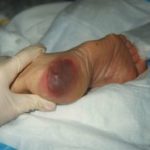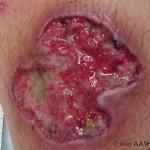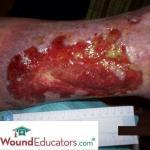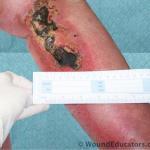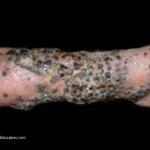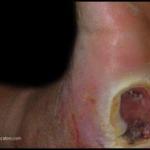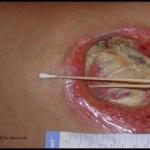How to Discover Deep Tissue Injury; Suspect the Unexpected
You may have heard the term ‘suspected deep tissue injury’ before without understanding what a deep tissue injury is and its implications in terms of wound management. If you have never heard the term before, or just need a quick review to refresh your memory, here is a brief description of deep tissue injury. What…

